Affiliate links on Android Authority may earn us a commission. Learn more.
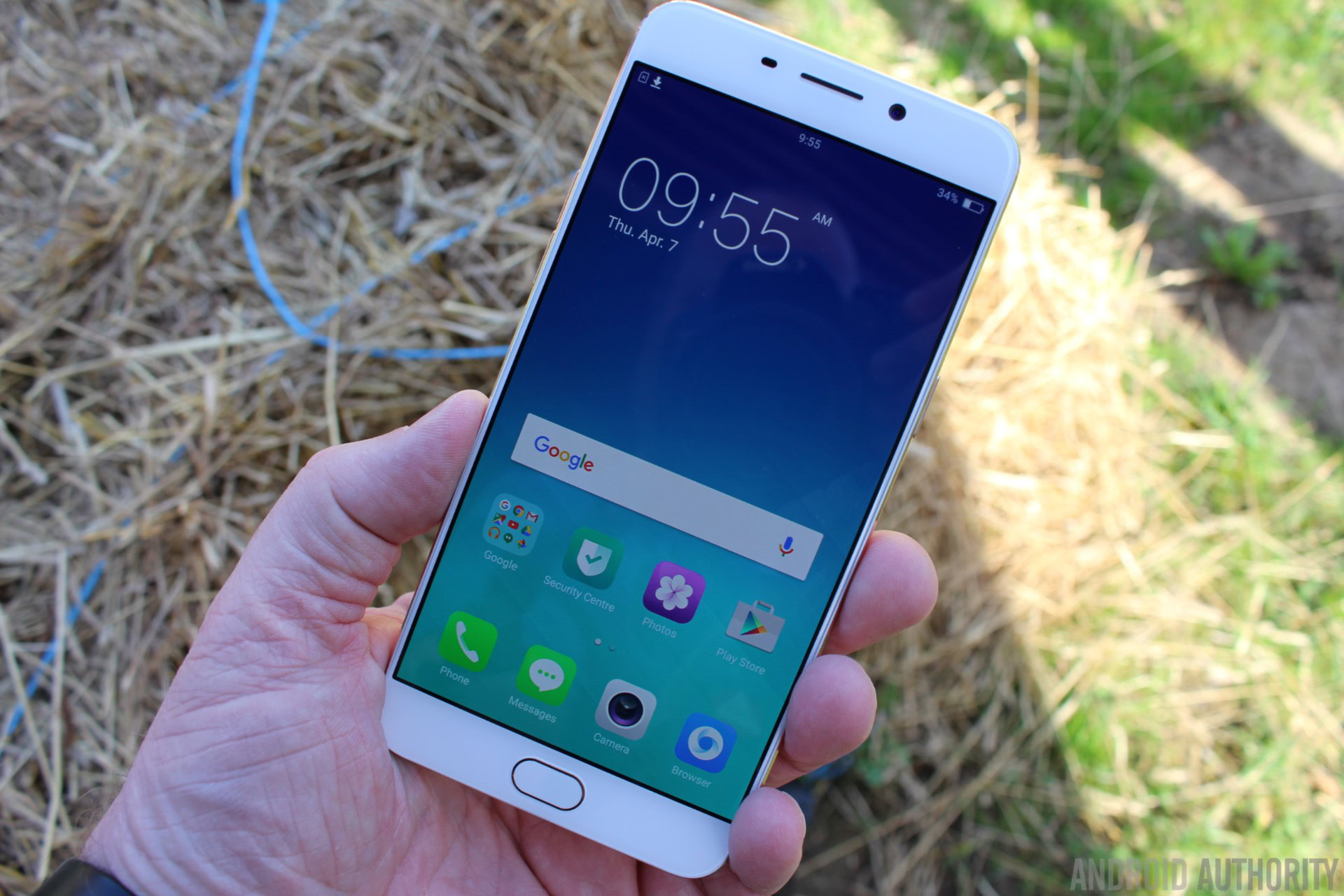
OPPO F1 Plus review
Published onApril 11, 2016
OPPO F1 Plus
What we like
What we don't like
Our scores
OPPO F1 Plus
The OPPO F1 Plus, which is known as the OPPO R9 in China, has got a lot going for it including a 16MP front camera (yes, front camera), a sleek 6.6-mm body, 4GB of RAM, and 64GB of internal storage. On top of that you get a 5.5-inch Full HD display covered in Gorilla Glass 4, a fingerprint reader, and VOOC fast charging technology.
A nice feature set, but the question is did OPPO manage to turn all those nice individual features into a good smartphone? Let’s find out in this full OPPO F1 Plus review!
Design
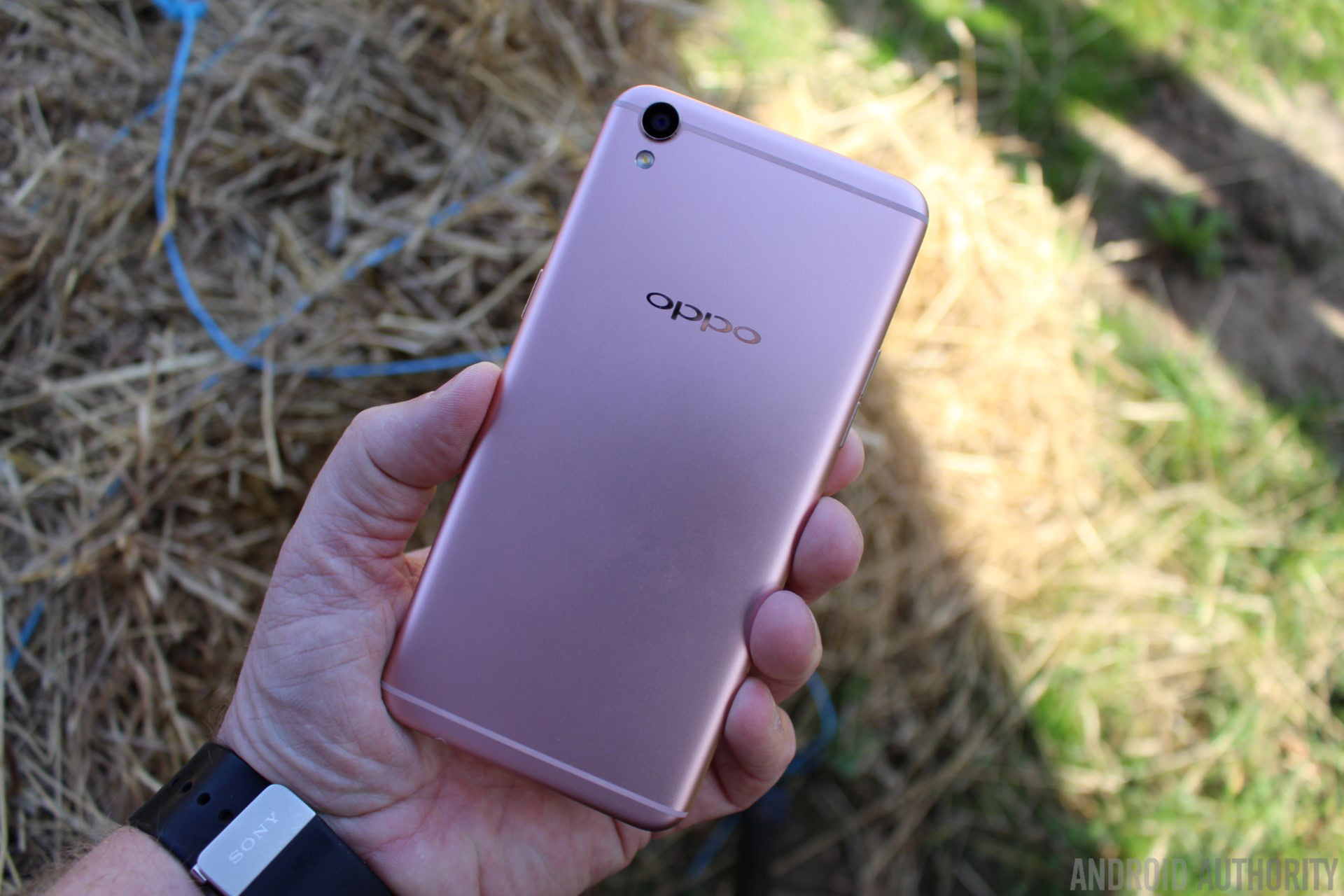
While there is lots to talk about when it comes to the F1 Plus, we need to get something out of the way before we start: the design language. When you look at the OPPO F1 Plus you will probably think it looks much like another well-known smartphone, one which has a fruity logo. For some people the similarity is actually a good thing, for some it doesn’t matter, and for others it is a little disturbing. Depending on which category you are in you will either love the design of the F1 Plus or hate it.
Putting aside the seeming lack of original design language, the OPPO F1 Plus is a pleasure to behold. It is sleek, thin and feels comfortable in the hand. On the front you get a 5.5-inch display protected by Gorilla Glass 4 along with a physical home button that incorporates a fingerprint reader. Going around the rest of the phone, the volume rocker is on the left, while the dual-SIM tray and power button is on the right.
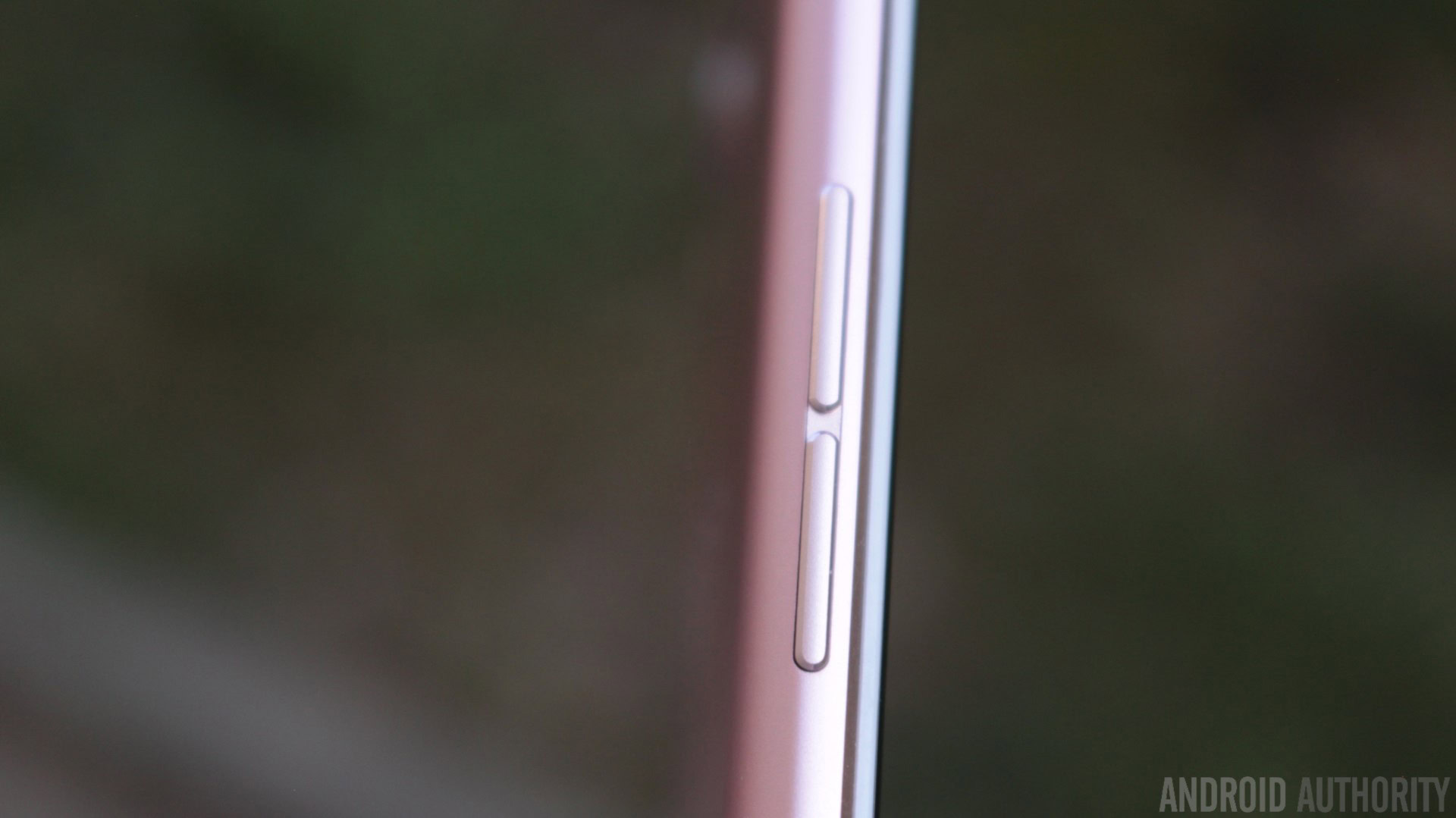
On the bottom is the micro-USB port, the single speaker and the 3.5mm headphone jack. On the back is the rear facing camera along with its flash LED, plus the OPPO logo. There are two bands that run across the back, near the top and bottom, that give the OPPO F1 Plus a certain iPhone-esque look.
The device is available in two colors: Gold and Rose Gold. My review unit is the Rose Gold (some might say Pink) version.
Display
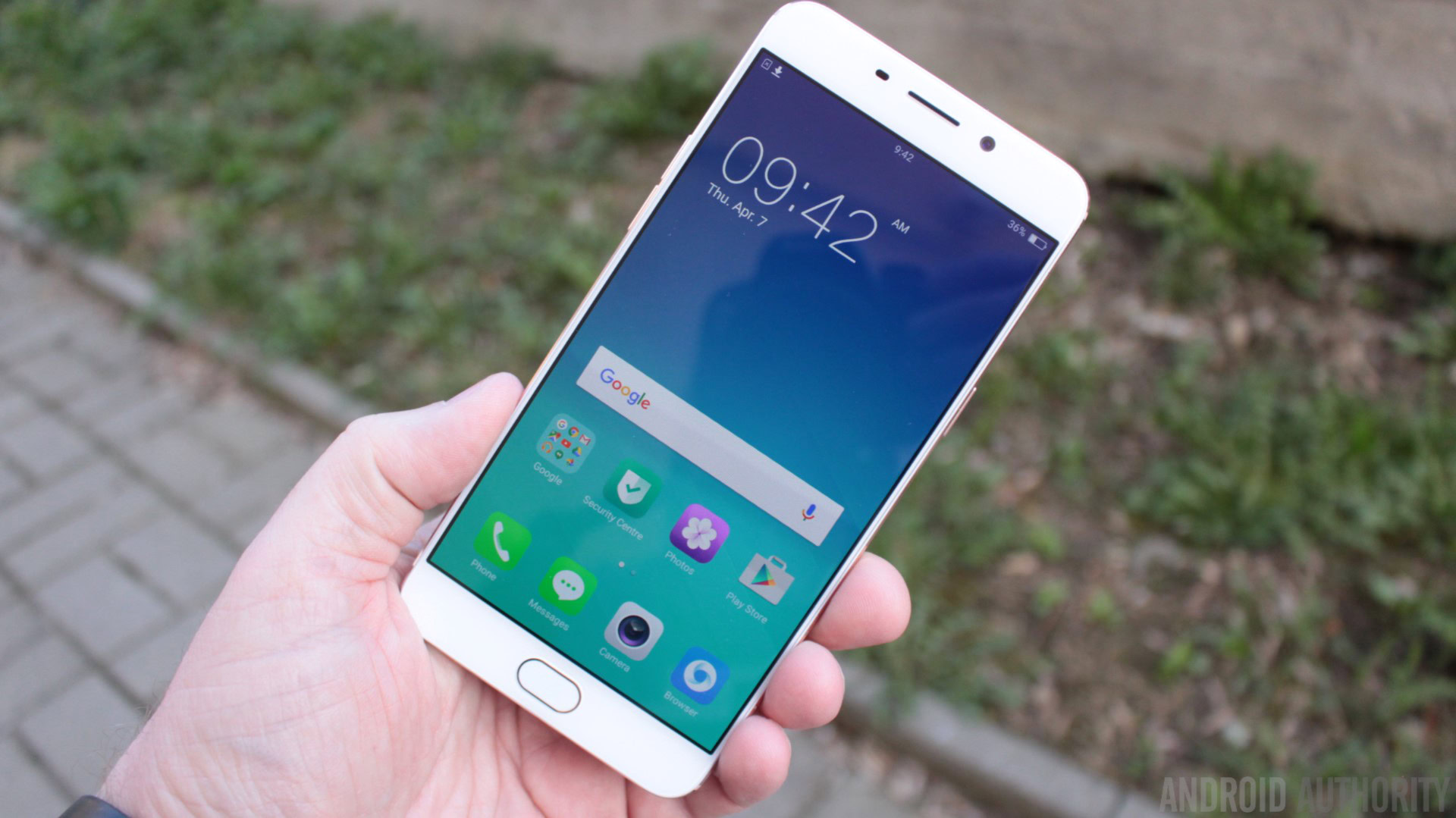
The OPPO F1 Plus comes with a high quality 5.5-inch Full HD display along with Gorilla Glass 4. The display is bright, and works well indoors and outdoors. 1920 x 1080 in 5.5 inches gives a pixel density of 400ppi, which for a phone in the premium mid-range segment is more than sufficient. The viewing angles are good and the bezels are amazing. At just 1.66mm thick, the lack of any significant bezels give the display and edge to edge feel without incurring the costs of a curved display.
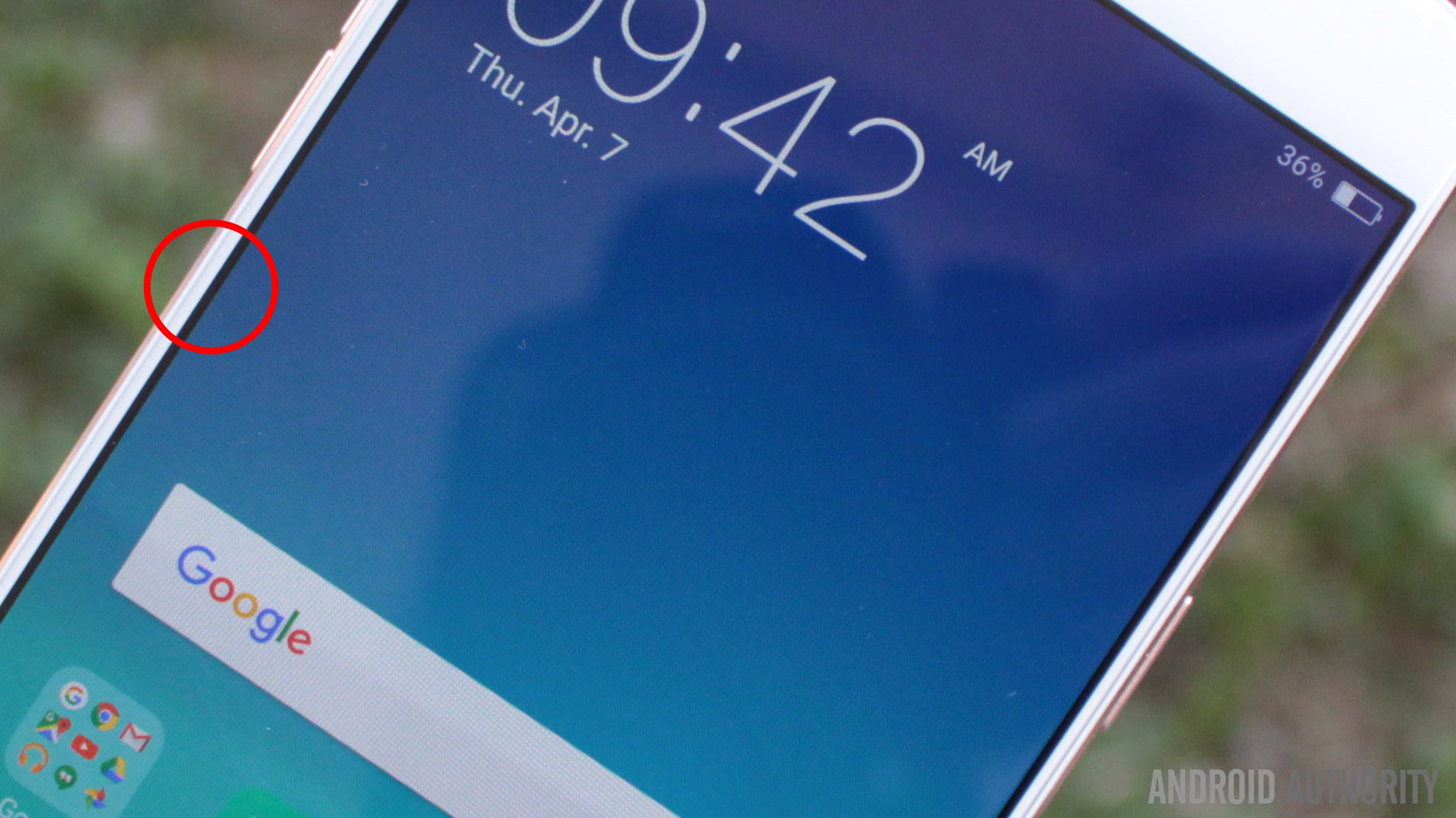
One interesting feature of Color OS 3.0 on the F1 Plus is the eye protection settings. According to OPPO there is research which shows that short-wave blue light can be harmful to eyes. The eye protection display feature filters out the blue light to give a less jarring experience that is “gentle on the eyes.” Marketing or science? I don’t know, but I like OPPO’s thinking.
Hardware and performance
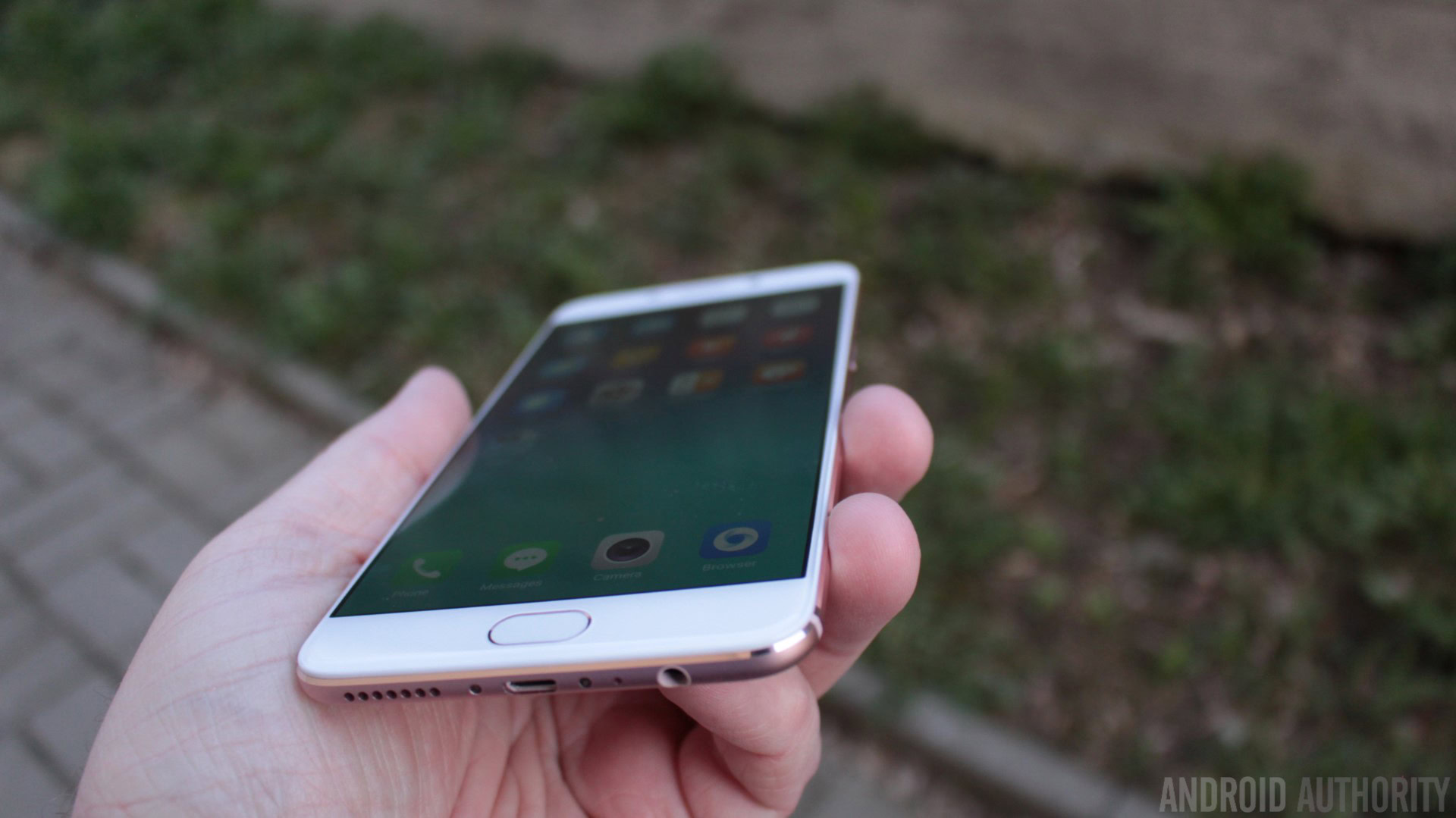
The OPPO F1 Plus boasts 4GB of RAM, a finger print reader and quick charging. The only slight let down is the choice of processor. The F1 Plus uses a MediaTek Helio P10, which is an octa-core processor with 8 Cortex-A53 cores. Four cores are clocked at 1.2GHz and the other four cores clocked at 2.0GHz. Accompanying the CPU is the ARM Mali T860 MP2.
In terms of every day use these specs are adequate and most users won’t find themselves wishing for a different CPU, and because of that nice 4GB of RAM even some die hard power users will find the F1 Plus more than sufficient. However if you play a lot of 3D games, visit a lot of complex websites or use CPU intensive apps then the Helio P10 could prove to be a little lacking in performance.

The use of a Cortex-A53 octa-core SoC is also reflected in the benchmarks. The OPPO F1 Plus scored 876 on Geekbench’s single-core test and 3311 for the multi-core test. For some context, those scores are lower than the octa-core Cortex-A53 Kirin 935 found in the HUAWEI Mate S, and lower than the octa-core Cortex-A53 MediaTek Helio X10 found in the Redmi Note 2. Also the single core Geekbench score is lower than that of the 32-bit Snapdragon 801, however the multi-core score of the F1 Plus is higher. If you want to see more benchmark scores for some of 2015’s leading processors then check out my SoC showdown: Snapdragon 810 vs Exynos 7420 vs MediaTek Helio X10 vs Kirin 935.
For AnTuTu the F1 Plus scored 51158 and for Epic Citadel the device manages 42.4 frames per second in Ultra High Quality mode, and 59.4 fps in High Quality mode. So, while the octa-core Cortex-A53 CPU scores are towards the low end, it seems that MediaTek have made the right choice when it comes to the GPU.
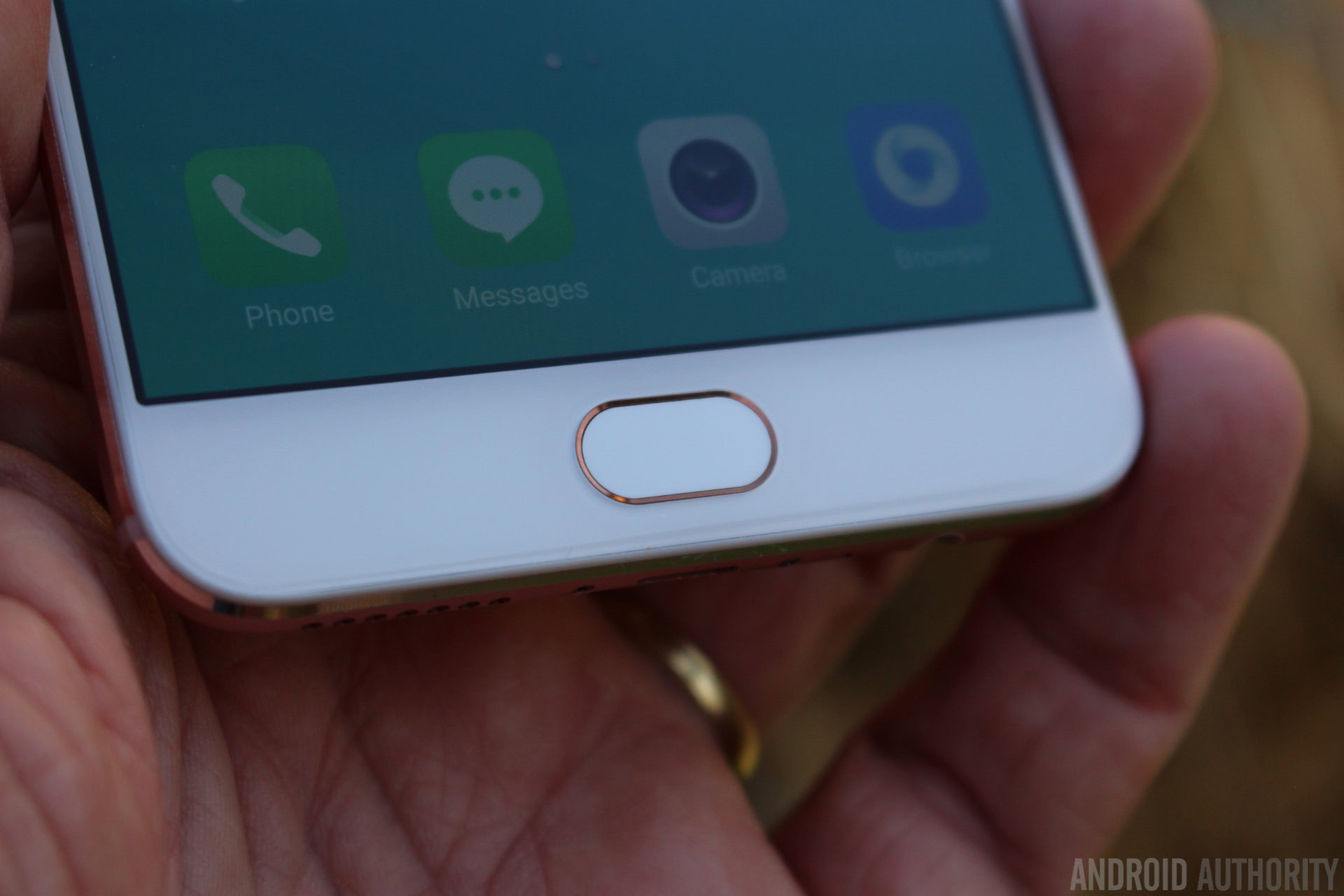
The fingerprint reader on the F1 Plus is very good. It is fast, accurate and is certainly comparable with the lightning fast and reliable fingerprint scanner on the HUAWEI Mate 8. However, unlike the Mate 8, which has its fingerprint reader on the back, you can’t wake and unlock your phone just by putting your finger on the reader. Instead you need to press the home button with your finger, which will wake the phone and then unlock it in one operation. It is a minor difference, but my personal preference is for non-home button fingerprint readers. If it is any consolation, the Samsung Galaxy S and Galaxy Note ranges suffer from the same “problem”, in my honest opinion.
The F1 Plus features a single speaker on the bottom edge, next to the micro USB port. The speaker is quite loud and the sound is reasonable considering it isn’t a front facing speaker. As with many devices, music can sound a bit thin with a lack of bass.
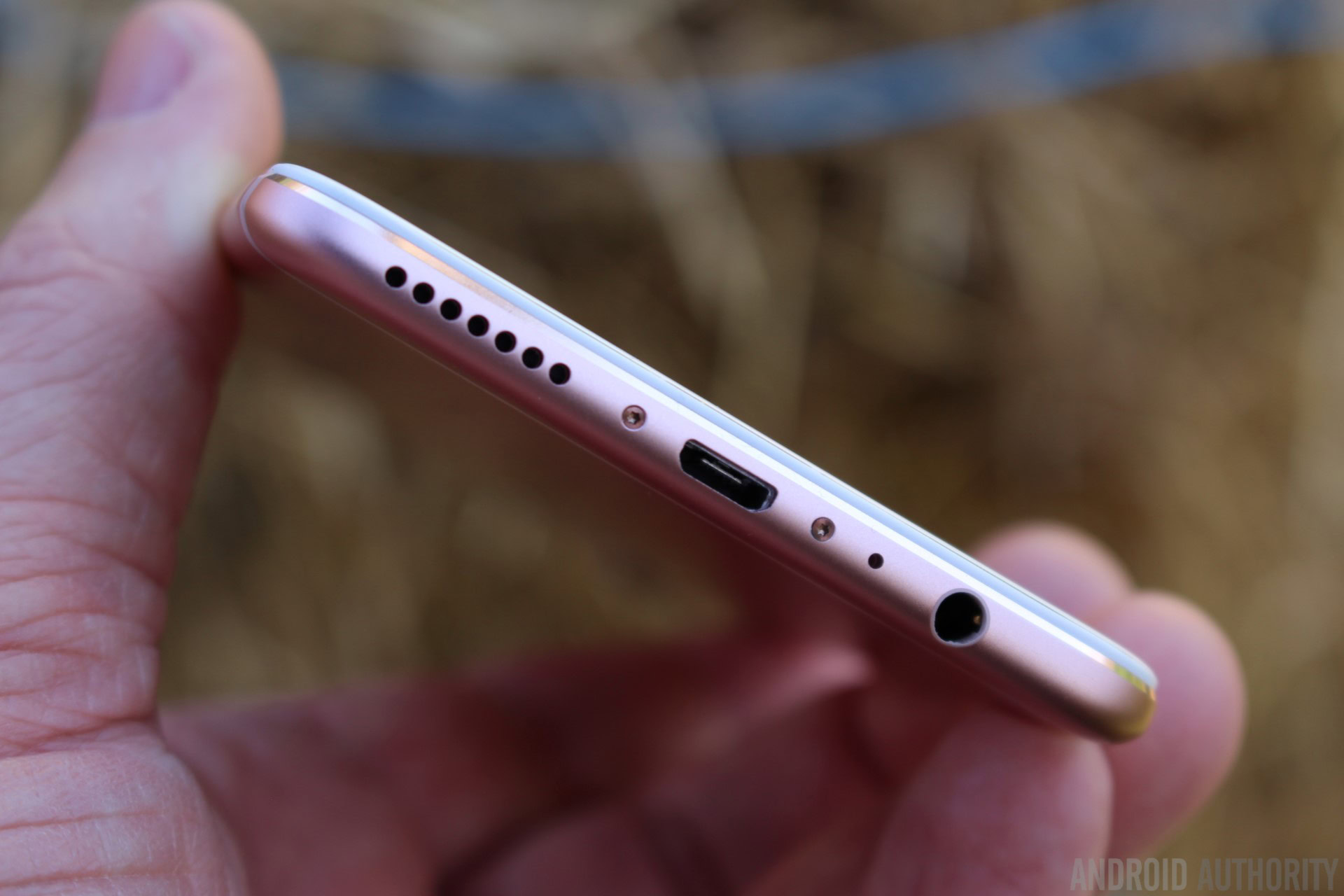
The F1 Plus has a 2850 mAh battery, which is amazing when you consider how thin OPPO has made this device. Although it has a 5.5 inch 1080p display, the processor is quite conservative in its power usage, the result is that you will get all-day battery life, easily.
I did some battery tests. First I ran Epic Citadel to test the battery life while playing 3D games. According to my calculations you will be able to play 3D games for over 4.5 hours on the OPPO F1 Plus. That is quite an impressive number as some phones fail to provide 4 hours of screen-on time, even without any GPU related activity. As for simpler tasks like browsing the web, you will get at least 8 hours from a full charge, or you can watch YouTube videos (streamed over Wi-Fi) for at least 8 hours. I did a call test where I called another phone for 30 minutes and monitored the battery life. My estimation is that the F1 Plus will give you at least 20 hours of 3G talk time.
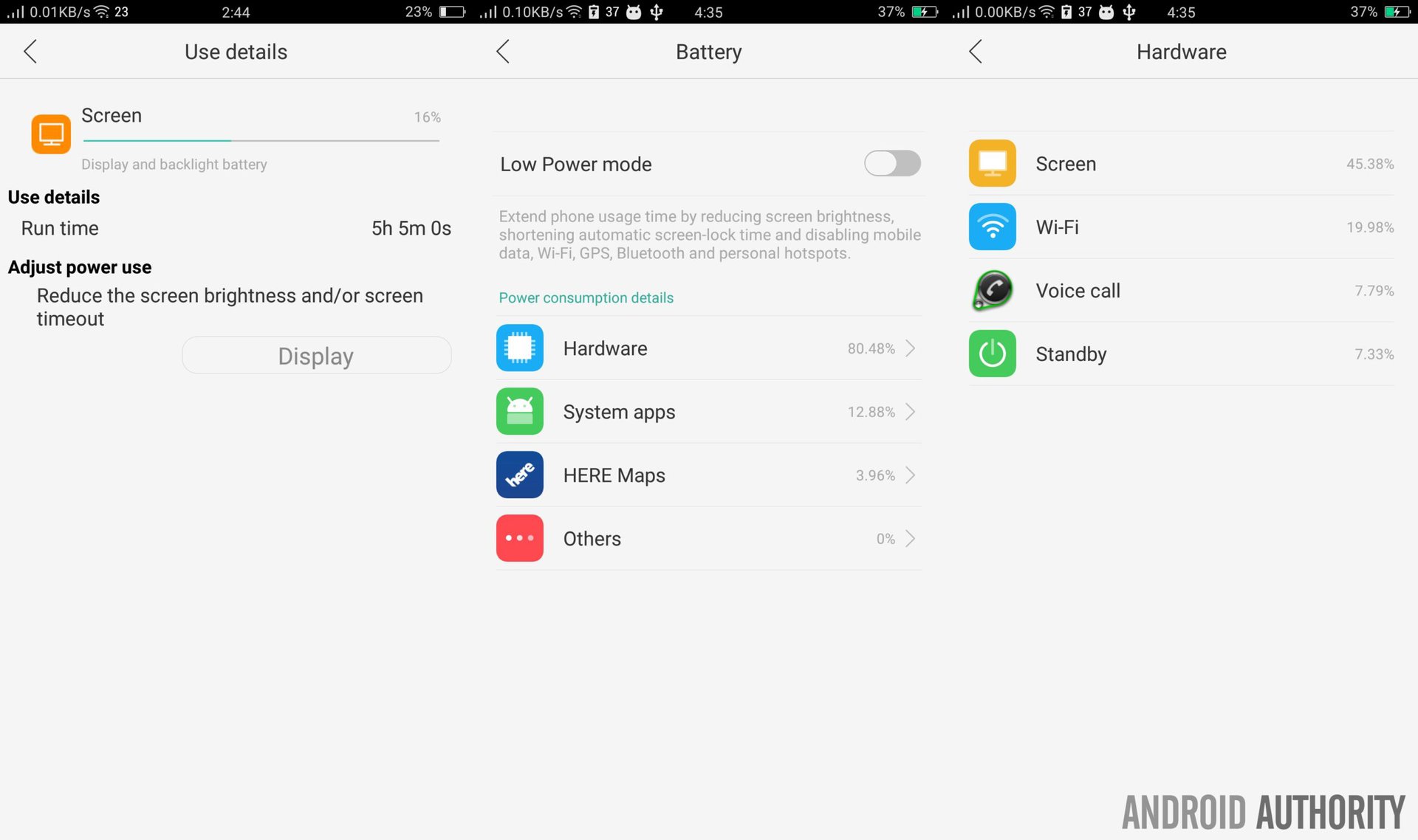
When it comes to battery charging, the F1 Plus supports OPPO’s trademark VOOC fast charging technology. According to my tests you can charge the F1 Plus from 0 to 75% in just 35 minutes, which is very impressive. More impressive is the overall charge time which takes just 1 hour and 9 minutes (from 0% to 100%). When you factor in a temperature rise of less than 4 degree Celsius during the whole charging cycle, I have to admit that VOOC is a premium fast charging system.
If you want to know why smartphones charge quickly to 50% or 80%, but can take over half of the charge cycle to add the last 20% then I recommend that you read my test: Qualcomm Quick Charge vs OPPO VOOC vs MediaTek PumpExpress+ vs Motorola TurboPower vs the others.
Software
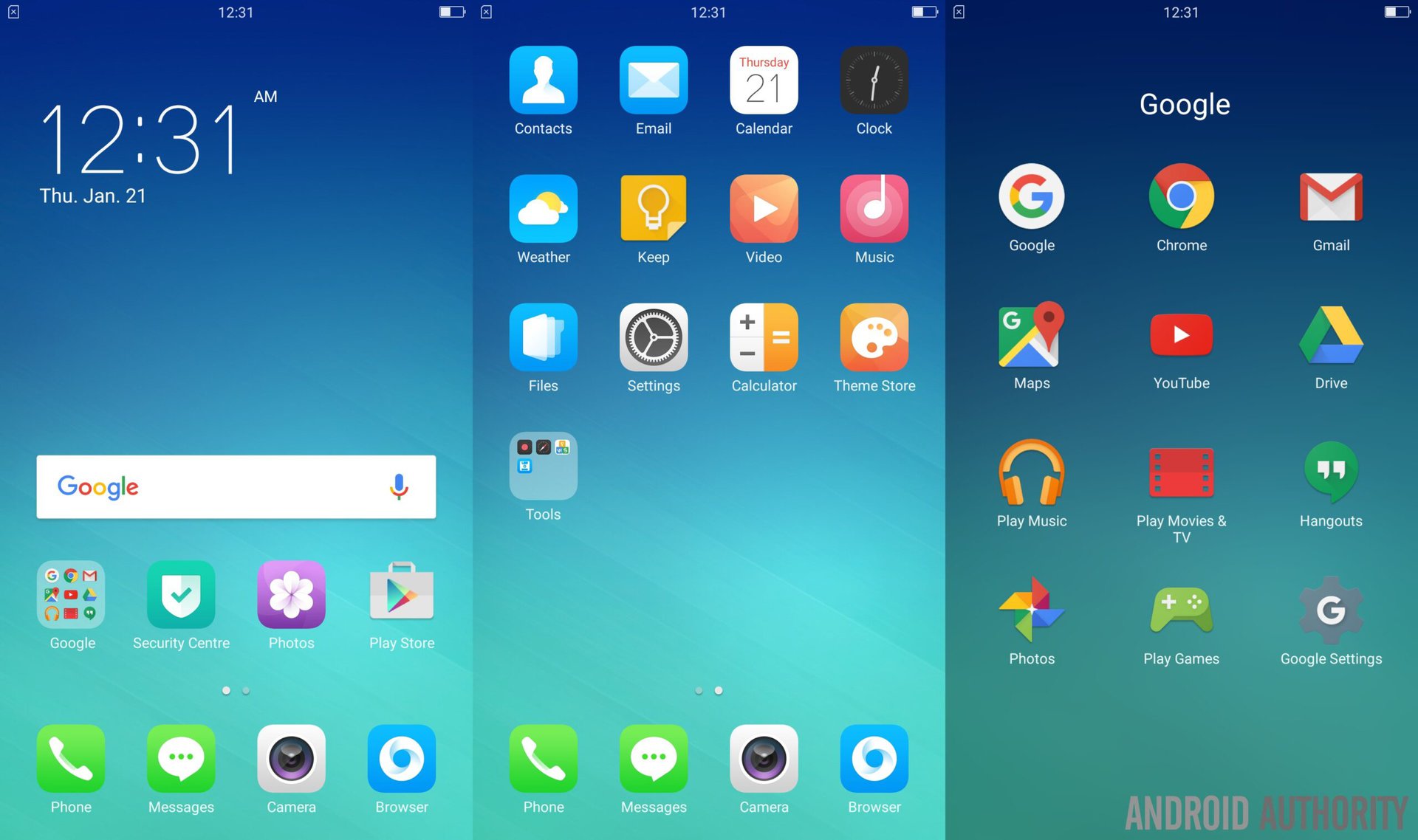
For as for the software, the F1 Plus uses OPPO’s Color OS which means you don’t get stock Android but rather a very heavily skinned system based on Android 5.1. As with many of the Android variants from Chinese manufacturers, there is no app drawer which means you are left to organize everything into folders on the home screens.
On the plus side you get fully access to Google’s apps including the Play Store, Chrome, YouTube and so on. This means that the Android experience beyond the launcher and settings page is fairly standard, it also means that you can install alternative launchers like the Google Now launcher without any problems.
Although almost all parts of the UI have been redesigned, from the Recent Apps screen to even the volume controls, I must say that every re-designed element has a purpose and/or looks cool. All the animations and eye candy have a unified look and feel, which means overall you get a smooth and enjoyable software experience.
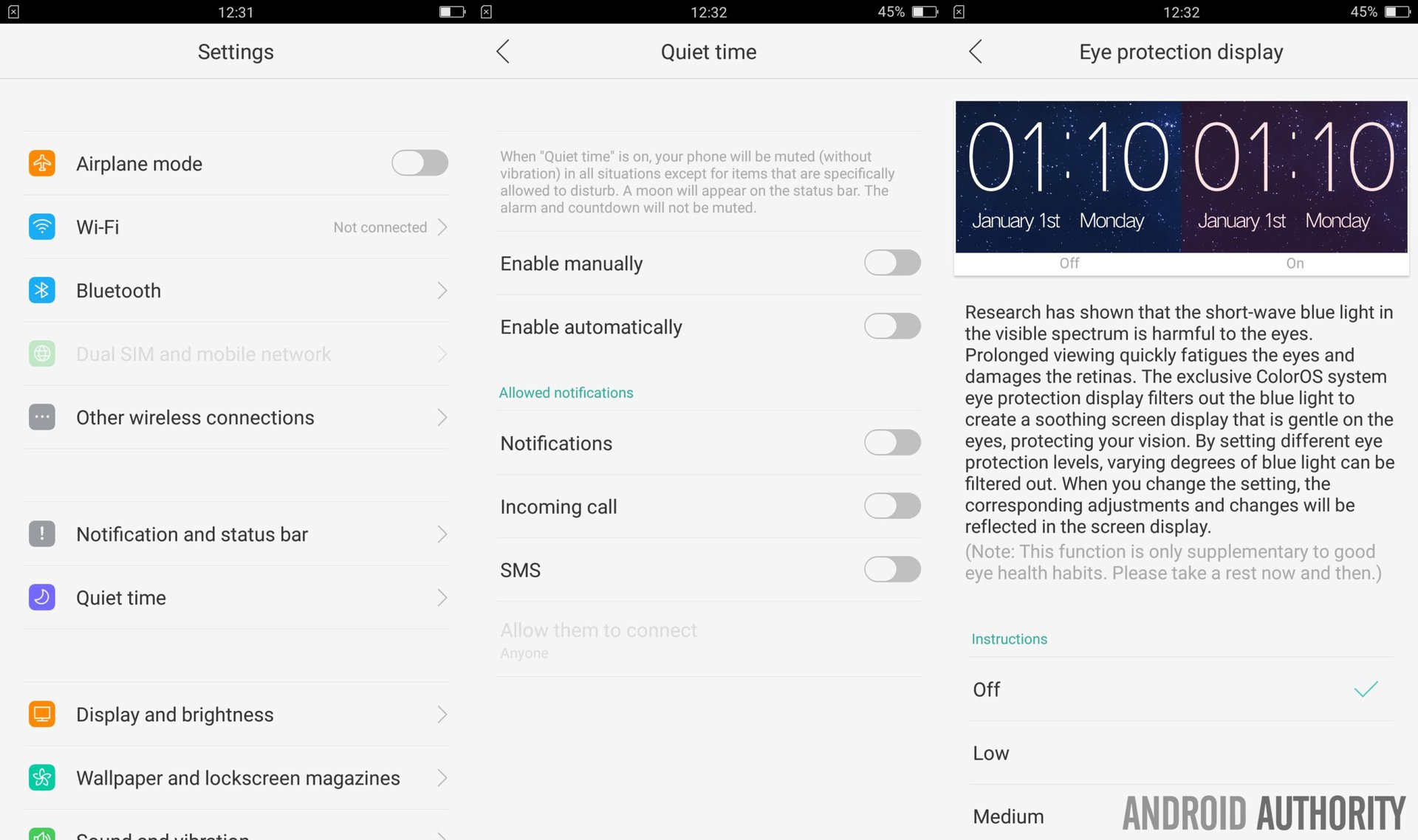
Color OS also adds a lot of extra features including a one-handed mode, that is easy to launch by simply swiping up from either bottom corner to the middle of the display, plus gestures like drawing symbols to launch specific apps, and double tap to wake.
There is also software for the fingerprint reader; a “quiet time” mode, which will mute your device automatically according to the times you set; support for O-Cloud, OPPO’s cloud service for backing up your contacts and SMS messages; and a security center app, which includes virus scanning, privacy settings and an app clean up service.
Camera
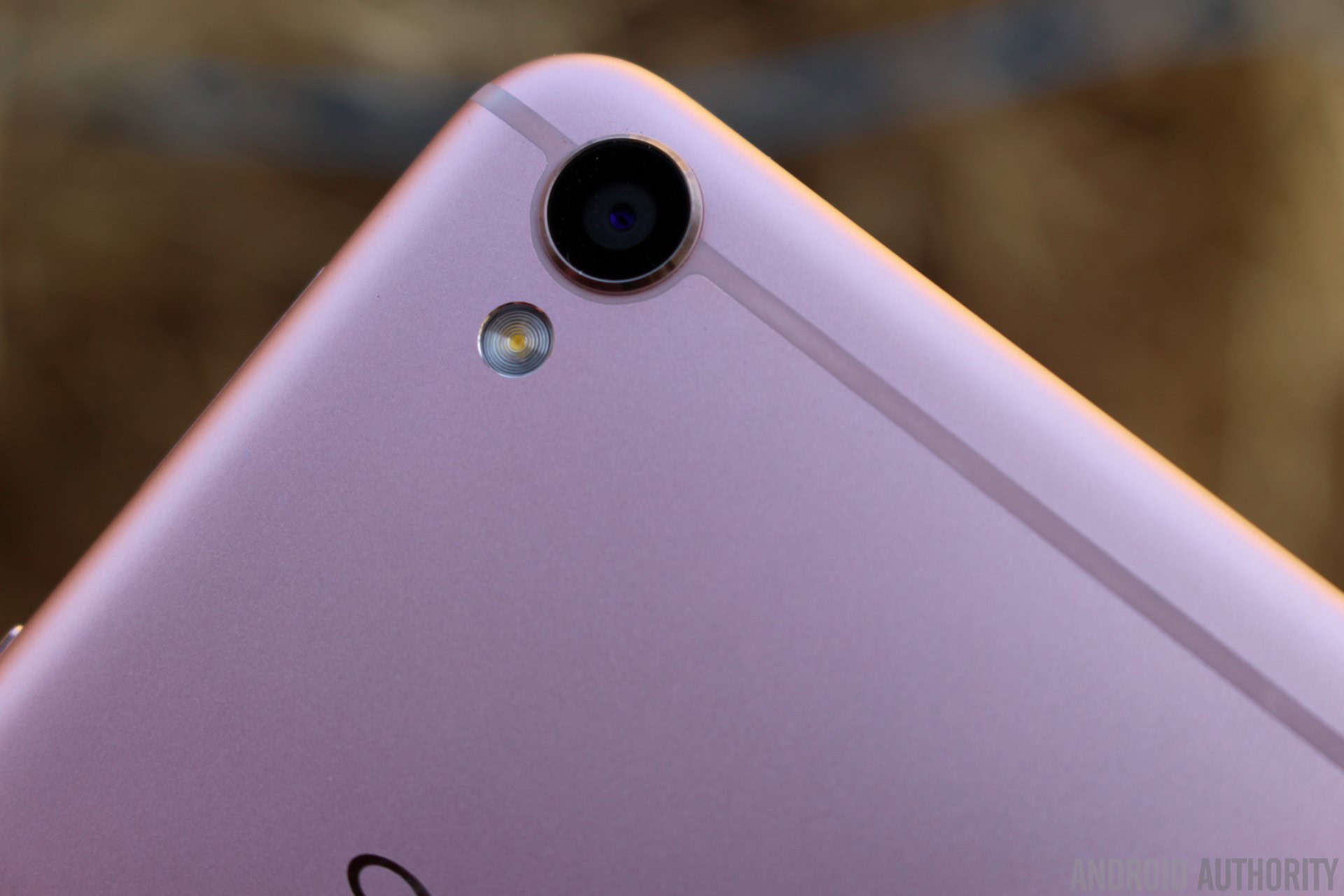
The rear camera on the F1 Plus has a 13MP sensor along with a f/2.2 lens and auto-focus. Overall I have been very impressed by the camera. I have used it for closeups, selfies, and casual snaps, both indoors and outdoors and the camera really hasn’t put a foot wrong. Of course, the caveat to that statement is that this is a smartphone and not a DSLR. Also a camera sensor, no matter how good it is, can’t capture light that isn’t there. I was particularly impressed by the indoor shots. Of course if you push the lightning scenario to extremes you will get lots of noise in the photos. I have included such a shot in the gallery below.
In terms of the camera app, you get a simple camera interface by default, however you can swipe your way into different shooting modes, including time lapse, video, beauty and panorama. You can also tap on an icon to reveal functions like ultra HD, filters, GIF animation, double exposure, and expert mode. The latter allows you to control the ISO, shutter speed and white balance. However it also lets you configure the camera to save a RAW version of every shot taken, in .DNG (Digital Negative) format, plus you can manually focus your shots.
My biggest complaint with the camera app is that it doesn’t really rotate the UI when you move from portrait to landscape. Although some elements do move, many of them remain in portrait mode, which is quite annoying.

The OPPO F1 Plus is very unusual in that the front facing camera actually has a greater megapixel count than the rear facing camera! The front facing camera has a 16MP sensor along with a f/2.0 lens. However, like most front facing cameras it is a fixed focus arrangement. Because of the increased megapixel count on the front facing camera, OPPO is marketing the F1 Plus as the “Selfie Expert.” But there is more to the front facing camera than just more mega pixels. It also features OPPO’s Hi-Light technology which according to OPPO is “four times more sensitive, with twice the dynamic range and is able to captures shots with four times less noise.”

The software for the front facing camera has also been upgraded and tweaked. There is the new Beautify 4.0 mode, for smoothing out those wrinkles and covering up those blemishes, plus support for the new selfie panorama mode, which is designed for group shots.
Here are some sample photos to help you judge the camera for yourself:

Specifications
| Display | 5.5 inch AMOLED, 1920x1080, FHD, 400PPI. |
|---|---|
Processor | MediaTek Helio P10: Quad-core 64-bit Cortex-A53 2.0 GHz + Quad-core Cortex-A53 1.2 GHz. |
GPU | ARM Mali T860 MP2 |
RAM | 4 GB |
Camera | Main camera: 13.0MP AF f/2.2 Front facing: 16.0M FF f/2.0. |
Connectivity | Wi-Fi: 2.4/5GHz 802.11 a/b/g/n, Bluetooth 4.0, GPS, USB 2.0 |
Storage | 64GB, expandable up to 128GB |
Software | Color OS 3.0, based on Android 5.1 |
Battery | 2850 mAh |
Colors | Gold, Rose Gold |
Dimensions | 151.8 mm x 74.3mm x 6.6mm. 145g. |
SIM Card Type | Dual Nano-SIM, but one slot doubles as the microSD card slot. |
Freqencies | International Version 1: GSM: 850/900/1800/1900MHz WCDMA: 850/900/1900/2100MHz FDD-LTE: Band 1/3/5/7/8/20 TD-LTE: Bands 38/39/40/41 International Version 2: GSM: 850/900/1800/1900MHz WCDMA: 850/900/1900/2100MHz FDD-LTE: Band 1/3/5/7/8/ TD-LTE: Bands 38/40/41 International Version 3: GSM: 850/900/1800/1900MHz WCDMA: 850/900/1900/2100MHz FDD-LTE: Band 1/3/5/7/8/ TD-LTE: Bands 38/39/40/41 |
Gallery
Wrapping up
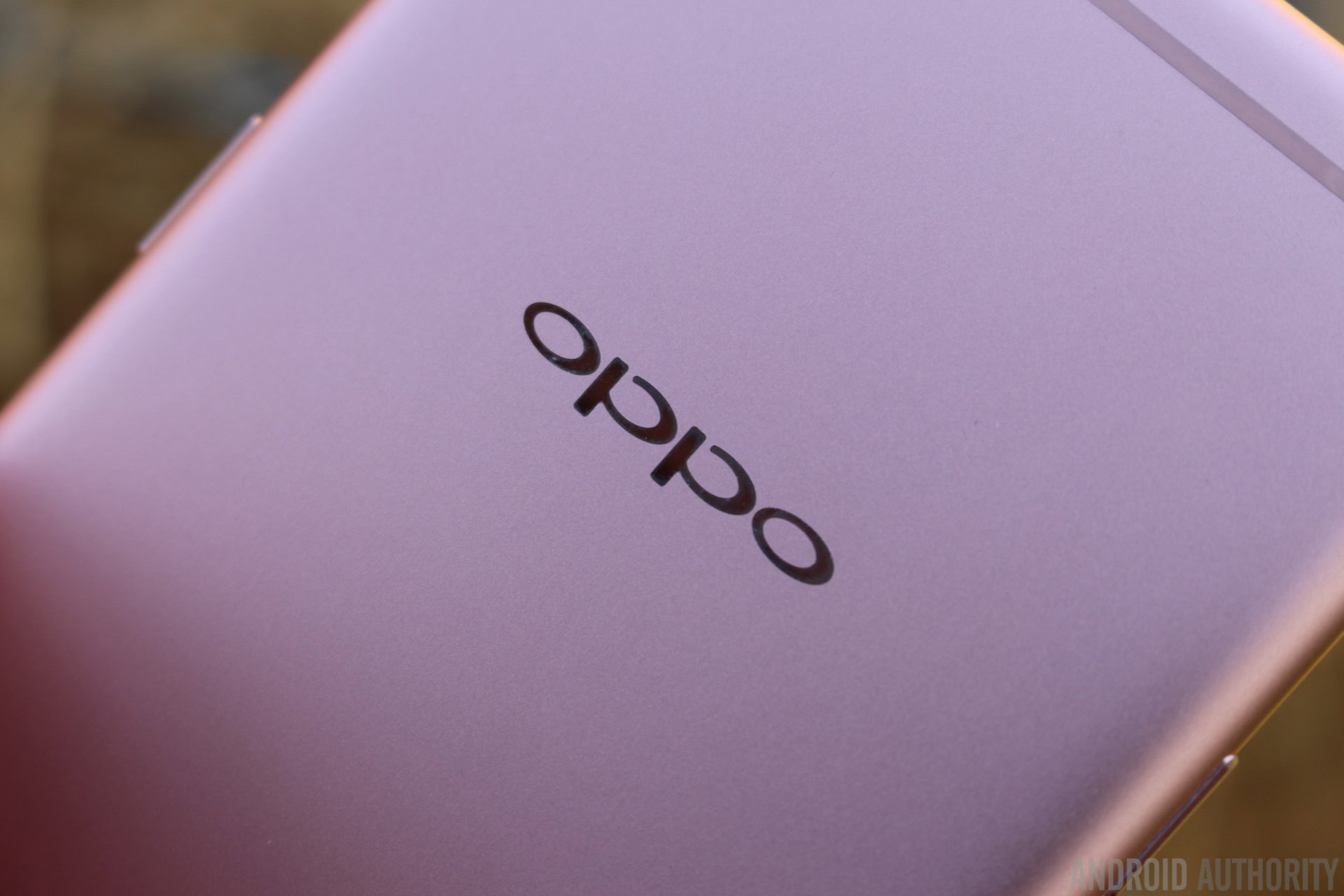
The OPPO F1 Plus is certainly an interesting device. It is thin, light and easy to hold. However the resemblance to Apple devices could leave you desiring something more original. Having said that, if you are able to look past the design language then features like the 4GB of RAM, the 64GB of storage, Corning Gorilla Glass 4, VOOC fast charging, and the fingerprint reader are solid positives for this device.
Add a great rear camera plus a front camera made for selfie fans and the F1 Plus becomes a serious contender. Color OS might not be for everyone, however I found it a pleasure to use. The only thing I would want to change on the hardware side is the processor, Cortex-A53 octa-core based devices are very 2014. But for the price point, maybe I am just nitpicking, plus it does help the battery life.
The OPPO F1 Plus is available in Europe for 389 Euros, or 299 pounds in the UK.